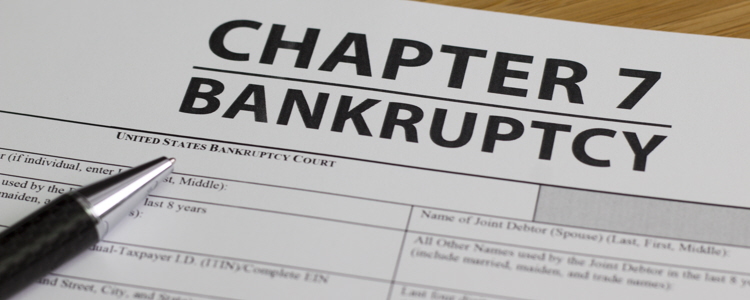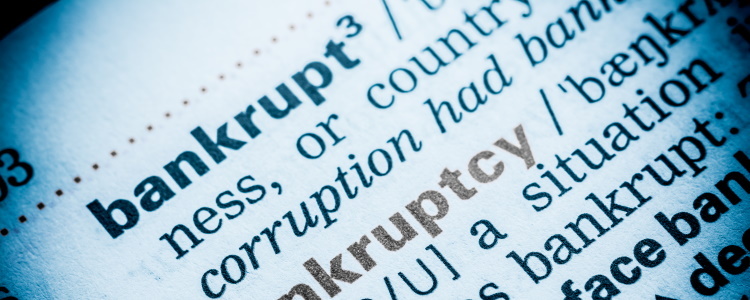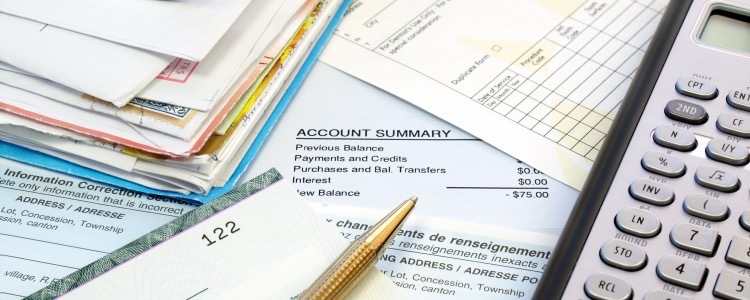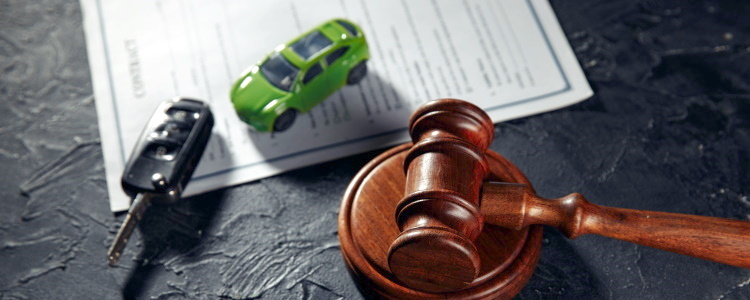After a bankruptcy discharge, you may be hesitant to take on new lines of credit – taking on too much debt may have created the need to file bankruptcy in the first place! However, one of the better ways to bounce back after bankruptcy is by taking on new credit you can comfortably afford. Here’s why.

Getting Back Into Credit After Bankruptcy
Avoiding New Credit
Many bankruptcy borrowers make the mistake of avoiding credit altogether once their bankruptcy is discharged. The hesitance to borrow again is understandable, but to prove you’re a borrower worth a chance, you need to add some positive payment history to your credit reports to get back on track.
Choosing to never take on new credit after bankruptcy can lead to a thin credit file and low credit score, even after the bankruptcy is removed from your credit reports. Unless you work toward building your credit score, it may stagnate and create issues down the road if you end up needing credit in the future, such as a car loan or mortgage.
The Negative Impact of Bankruptcy
Once you complete your bankruptcy, your credit score may not be so great. This is typical. Filing for bankruptcy is admitting that you can’t repay the debt you took on, whether it’s due to circumstances you couldn’t control or not. Lenders can be wary of approving you for new credit once they see you’ve filed for bankruptcy in the past, especially traditional lenders such as banks and credit unions.
It’s not always easy to build credit if your credit score is poor. It’s like being stuck between a rock and a hard place – many lenders require you to have good credit before you can take on more debt.
However, the point in filing for bankruptcy is to manage the debt you couldn’t handle, and then come out with a clean slate. This process doesn’t come without consequences – such as the credit damage – but there are ways to turn it back around. If you want to prove your creditworthiness after bankruptcy, establishing a good payment history with a low-risk line of credit and working with the right lenders is a good place to start.
Rebuilding After Bankruptcy
Bankruptcy doesn’t remain on your credit reports forever. If you filed Chapter 7, it takes up to 10 years from the date you filed for it to fall off; Chapter 13 bankruptcy takes seven years to be removed. With each passing year, bankruptcy filing impacts your credit score less and less.
While time can heal your credit reports, one of the better ways to actually improve your credit score after bankruptcy is by working with the right lenders for your credit situation. There are also several low-risk, credit-building tactics you can use.
Here are three things you can try out to build credit when you're fresh off bankruptcy:
- Get a secured credit card – Secured credit cards are secured by a deposit that you make. If you become unable to pay your balance on the card, your deposit covers the balance. Since this form of revolving credit is secured with your own money, it’s considered low-risk credit that many bad credit borrowers can qualify for. Consider applying for a secured credit card then using it for everyday purchases such as gas and groceries, and paying it off each month to start a good payment history.
- Make sure your positive payments are reported – If you already pay rent, utilities, and/or streaming services, consider using a credit reporting service that can help you get those payments reported to the credit bureaus. Experian Boost is a good example of this type of service. Many things you may already pay for aren’t automatically reported, so getting those accounts listed on your credit reports could be a good way to get a payment history rolling without having to take on new credit.
- Take on a subprime auto loan – Subprime lenders are signed up with special finance dealerships. They specialize in assisting borrowers in bad credit situations, such as bankruptcy. After you’ve been discharged from bankruptcy, subprime lenders are often willing to work with you to get a vehicle. Subprime car loans are almost always reported, so your timely car payments can get you back into the world of credit and establish a good payment history if you manage the loan well. Here are some typical requirements of subprime financing.
While these tactics are a good place to start, remember that your payment history is the single most important factor in determining your credit score. It makes up 35% of your credit score, so one missed payment can create a hefty drop in points, and it can stick around for up to seven years. Be sure to stay on top of your finances to avoid further credit damage.
Increasing Your Approval Odds as a Bankruptcy Borrower
Whether you’re on the hunt for a vehicle, house, or personal loan, a good way to prove your ability to repay credit as a bankruptcy borrower is by providing a down payment.
Down payments can increase your chances of getting approved for new credit since they show your willingness to invest in your own success since you put some of your own skin in the game. Auto lenders typically require bad credit and bankruptcy borrowers to put at least $1,000 down or 10% of the vehicle’s selling price.
Since bankruptcy can cause damage to your credit reports, having cash to put down can tell a lender you’re ready to turn over a new leaf, and that you’re ready and able to repay new credit.
Bankruptcy Car Loans
Not every lender is able to assist bankruptcy borrowers. Often, traditional auto lenders may not be eager to be the first lender to extend financing to a borrower that was recently discharged from bankruptcy. However, subprime lenders often work within these circumstances.
At Auto Credit Express, we want to help you find the vehicle financing resources you need to get back into the world of credit with a car loan. Using our nationwide network of dealerships, we’ll look for a local dealer in your area that’s signed up with subprime lenders. Get started by filling out our free auto loan request form.

Senior Auto Financing Editor
Suggested Posts For You
Receive Free Updates
Get the latest credit tips, resources and advice delivered straight to your inbox.













